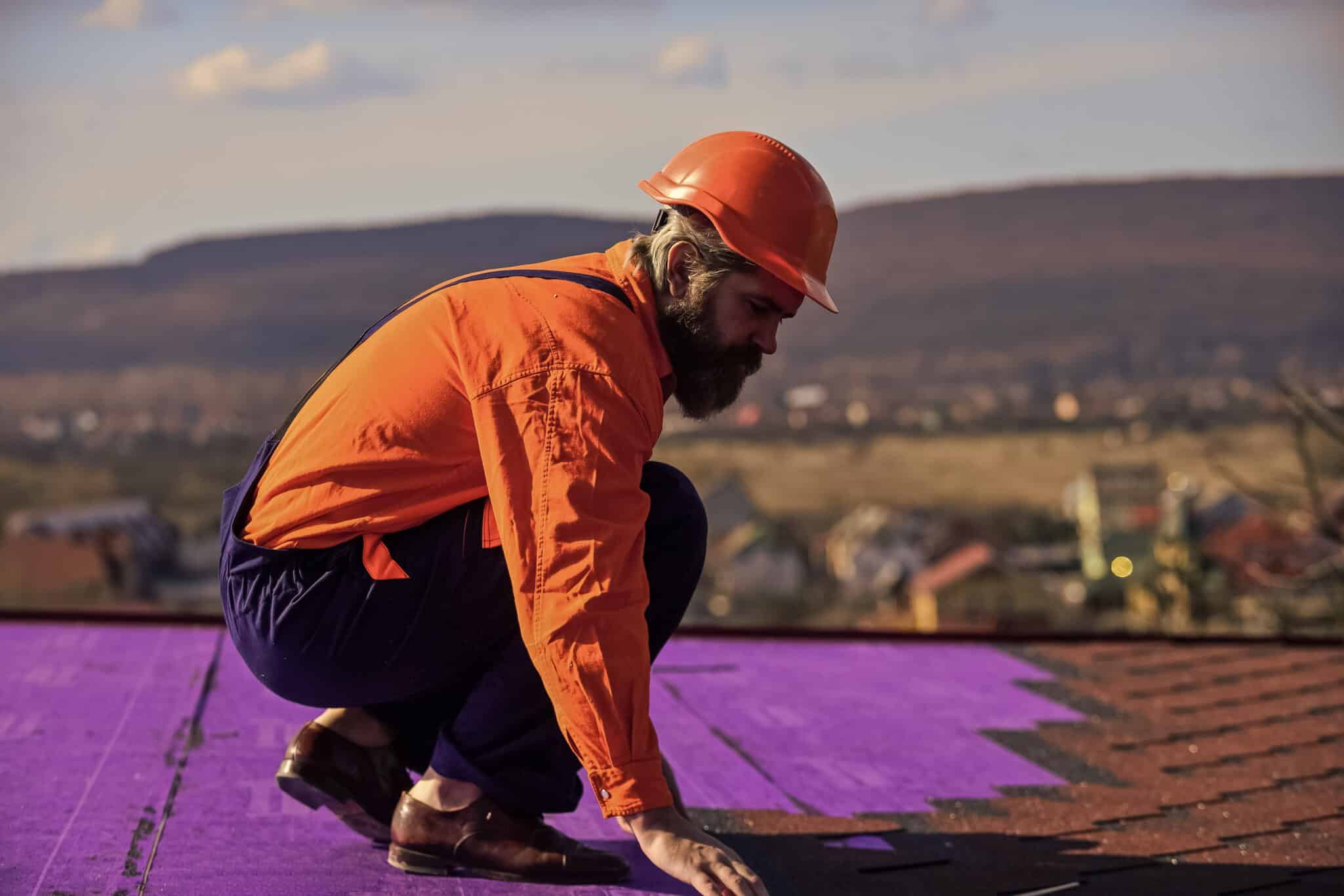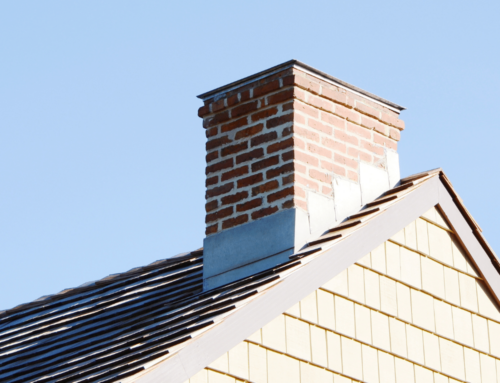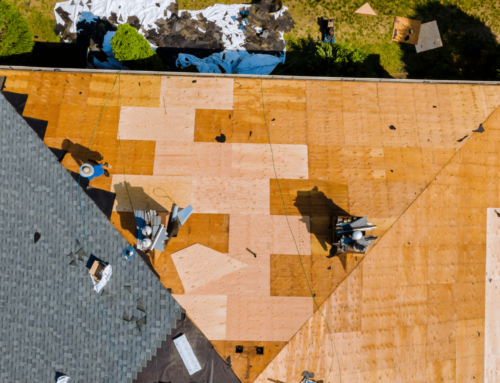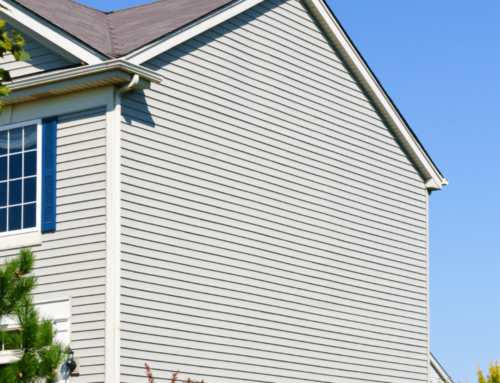CRACKED FLASHING
Depending on the type, your flashing may be exposed or concealed. Tar used to seal concealed flashing can wear down over time and crack.
If you have metal flashing that’s exposed, the rain, wind, and other elements can cause that flashing to deteriorate and crack.
Any cracks in your flashing will compromise the material and put you at risk for leaks.
BENT FLASHING
While a bend in your flashing, especially a small one, may seem minor, this type of damage can lead to much larger issues later on.
When the protective coating that covers the steel of your flashing is damaged in any way, the structure starts to break down, corrode, and is less capable of protecting your home from leaks.
MISSING FLASHING
If you have flashing missing in any area along your roof, you need to address this immediately. Even if water damage is not visible to you at this time, flashing is designed to keep runoff from entering your walls, pipes, windows, doors, and chimneys.
Without flashing in place, water has the opportunity to seep into these places, causing mold, rot, and other major damage.
Installing flashing the wrong way is almost as bad as not having flashing at all – contacting a professional to help you replace your flashing and evaluate any existing damage is your safest bet.





